Windows
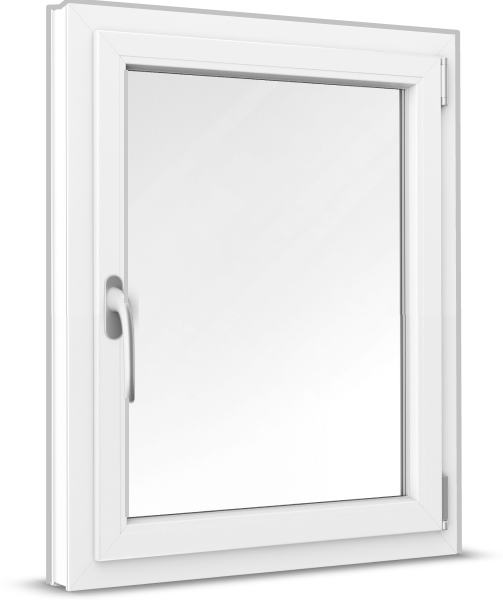 Windows
Windows
 Windows
Windows
French Doors
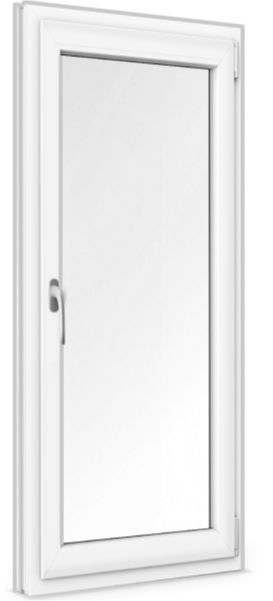 French Doors
French Doors
 French Doors
French Doors
Patio Doors
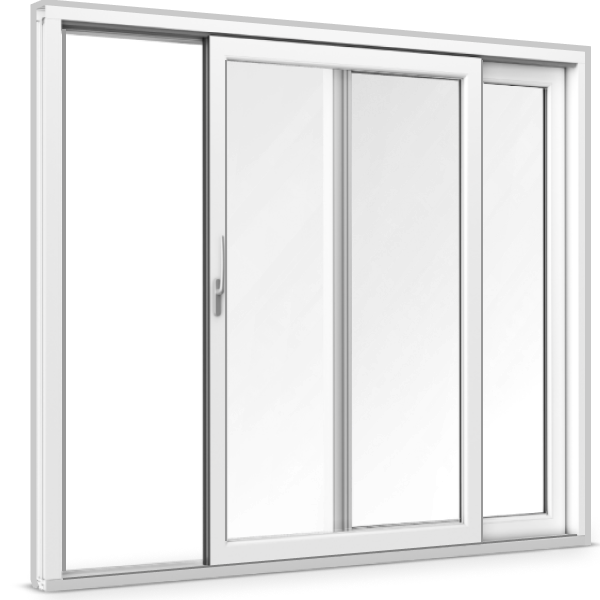 Patio Doors
Patio Doors
 Patio Doors
Patio Doors
Front Doors
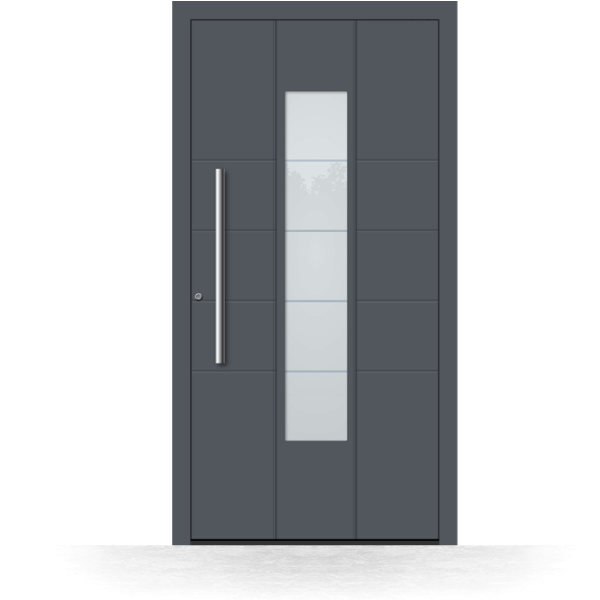 Front Doors
Front Doors
 Front Doors
Front Doors
Roller Shutters
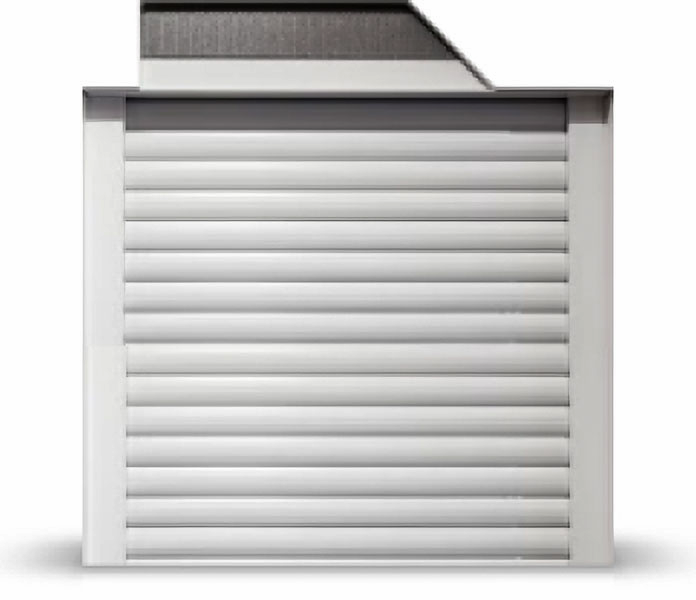 Roller Shutters
Roller Shutters
 Roller Shutters
Roller Shutters
Window Sills
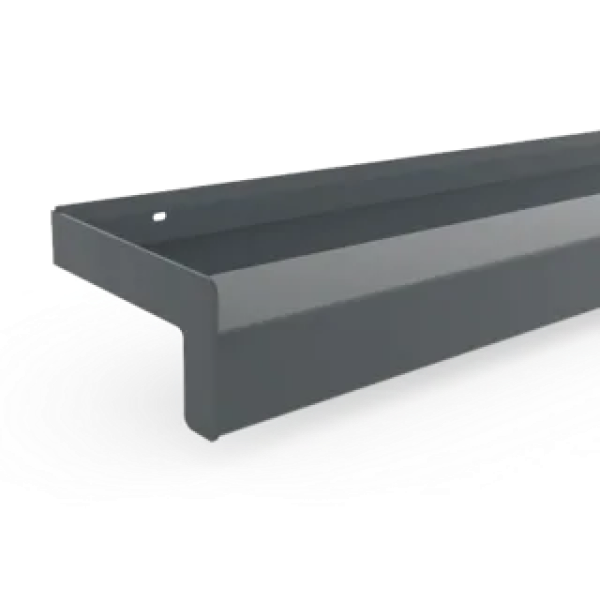 Window Sills
Window Sills
 Window Sills
Window Sills
Sign in
Contact us
 Chinchilla
Chinchilla Cathedral
Cathedral Master-Carré®
Master-Carré®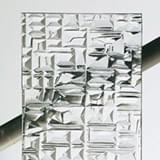 Ornament 187
Ornament 187 Ornament 504
Ornament 504 Ornament 597
Ornament 597 Satinato
Satinato Silvit
Silvit